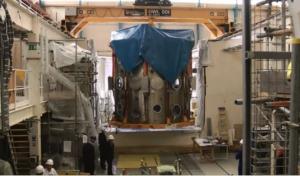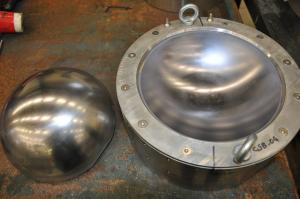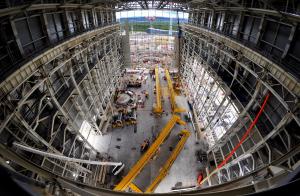What’s New
6 June 2016
ITER news digest for the period of 30 May 2016 to 6 June 2016.

Simulations support alternative plasma start technique

Tokamak upgrade project: moving the MAST vessel

Loss of a pioneering plasma physicist




